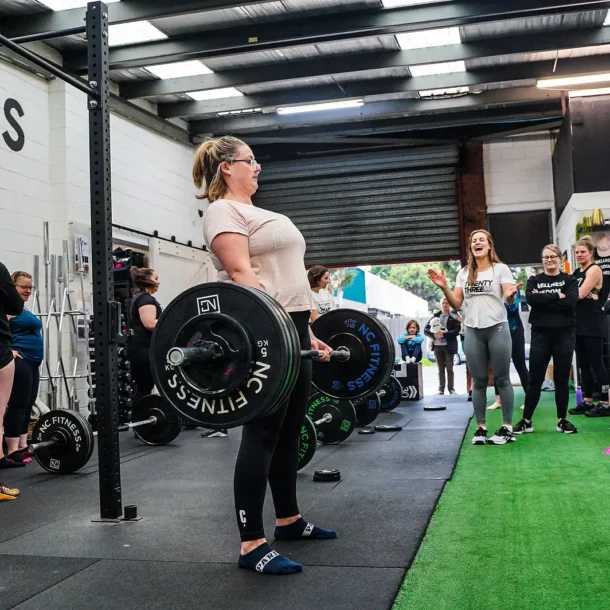
If you have had a baby or have one one the way, no doubt the term pelvic floor has been thrown around a lot. You might be even practising some pelvic floor exercises right now!
In this blog post I want to share some less known facts about this important piece of anatomy, clarify if you need to be doing specific ‘Kegel’ type exercises and signs that might indicate pelvic floor dysfunction.
What is the Pelvic Floor?
The pelvic floor is a group of muscles and connective tissue that sits inside the pelvis, attaching to the coccyx and pubic bone.
Functions of the Pelvic Floor
Signs of the Pelvic Floor Dysfunction
Muscles get strong and maintain strength through use, so definitely being active in everyday life, maintaining a healthy weight and avoiding prolonged sedentary behaviour will all help heal and strengthen the pelvic floor. But is there benefit from doing isolated pelvic floor exercises?
The short answer is yes! Especially for women who are symptomatic of pelvic floor dysfunction, pregnant or early in their postpartum recovery period. The first step would involve seeing a specialist Pelvic Floor Physiotherapist, such as the amazing team from Inner Health Physiotherapy. Where you will most likely be given an individualise program that incorporates a mixture of isolated and integrative exercises to perform daily.
Signs of Pelvic Floor Dysfunction
Isolated Pelvic Floor Exercises
During pregnancy, it is certainly recommended doing pelvic floor exercises on a daily basis, as a way to reduce the rate of urge incontinence later in pregnancy and and in the period post birth.
A Basic Protocol
Perform three sets of eight repetitions twice per day. Aiming to hold for a maximum contraction and try and hold for at least six seconds. There are lots of ways to ‘train’ the pelvic floor. It is best trained with a mixture of long and short holds and from a variety of different positions.
Some cueing ideas…
It is important to cue the pelvic floor with connection to breath.
Start on the inhale breath and as you flow into the exhale, ‘pick up’ the pelvic floor to engage. It is also important to understand that learning how to relax these muscles is just as important as learning how to engage them to begin with.
Here are some common cues that might help you to successfully engage your pelvic floor.
High Impact Exercise
There are a few scenario where optimal pelvic floor control can not be achieved. Studies tell us that the prevalence of stress urinary incontinence is increase in athletes who take part in high impact sports. It is shown that women can not perform voluntary pre contraction of the pelvic floor when taking part movements that create high intra abdominal pressure. The contraction of the pelvic floor must therefore be automatic and simultaneous. Women are therefore advised to build a firm structural base where contraction occurs naturally and without conscious thought.
If you would like to learn more about your pelvic floor and have a complimentary pelvic floor ultrasounds performed with a specialist physiotherapist, book into our FREE Pelvic Floor Workshop on Friday 1st March. Bookings are essential and space is limited to the first 8 to book.
Date: 1 st March
Time: 10:30-11:30am
Location: 23W, 17A Shower Street, Preston.

Ange Drake is an personal trainer, women’s empowerment coach and fitness blogger in the northern suburbs of Melbourne. She is the director of one of the few womens’ only strength training gyms in Melbourne, 23W. Ange helps women to learn how to use strength based training, nutritional strategies and a positive mindset to transform their bodies, relationship with food and mind.
Can’t decide which of our packages is best suited for you? Take our questionnaire to help you decide!





